 Can You Eat Mango Skin?
Can You Eat Mango Skin?NutritionCan you eat mango skin? The skin, skin, or fruit and vegetable skin acts as a protective cover for the softest and most delicate meat inside. Although they are often ruled out, most of these skins are edible and packaged with nutrients such as fiber, vitamins, minerals and powerful plant compounds. Mango is a popular fruit whose skin is commonly removed and dumped before eating. Some people argue that mango skin — which is highly nutritious — should be consumed instead of shaking. This article explores the value of eating mango skin. Mango (Mangifera indica) is a tropical fruit that is celebrated for its sweet taste and high nutrient content. Until the fruit matures completely, the outer skin or the shell is green. When ripe, the skin rotates tones of yellow, red or orange, depending on the mango type. The nutritional benefits of the mango are well established. It is an excellent source of fiber, vitamins A, C, E and B6, as well as potassium and copper minerals (). Mangos also contain several vegetable compounds, including polyphenols and carotenoid antioxidants. Like mango meat, the skin is highly nutritious. Research shows that mango skin is loaded with polyphenols, carotenoids, dietary fiber, vitamin C, vitamin E and various beneficial vegetable compounds ().People who consume high vitamin C, polyphenols and carotenoid diets have lower risks of heart disease, and cognitive decline (, , , , , ).An analysis study found that mango skin extracted antioxidant properties. In addition, the skins of these sweet fruits are high in triterpenes and triterpenoids - compounds that have proven anticancer and antidiabetic qualities (, ).The skin is also full of , which is important for digestive health and the regulation of hunger. In fact, the fiber represents 45-78% of the total weight of the mango shell (). Abstract Mango skins are highly nutritious and are loaded with antioxidants, vitamins and fibers that fight disease. Mango skins are highly nutritious and are loaded with antioxidants, vitamins and fiber that fight disease. Although mango skin has a significant number of nutrients, it also carries risks. It can cause an allergic reaction Mango skin contains urushiol, a cocktail of organic chemicals also found in poison ivy and poisonous oak (). Urushiol can promote an allergic response in some people, especially those who have sensitivities to poison ivy and other plants with urushiol tissue. Note that consuming mango skin can cause a spicy rash and swelling of your skin (). May Contain Pesticide Residue Many fruits and vegetables are to combat bacterial infection and insects that can damage crops (). While peeling of mango skin decreases consumption of these potentially harmful chemicals, eating the skin increases consumption (). Research links exposure to pesticides with negative health effects, such as disruption of endocrine system, reproductive problems and increased risk of certain cancers (). Please note that these effects are primarily associated with high and routine pesticide exposure, not with small ingested amounts of eating fruit skin. It has an unpleasant texture and flavorAlthough the mango fruit is sweet, soft and pleasant to eat, the texture and taste of the mango skin may seem unquestionable. It is relatively thick, difficult to chew and slightly tasteful. Despite its nutritional benefits, the fibrous texture and the skin taste of the mango can turn it off. Abstract Mango skin contains urushiol, a mixture of compounds that can cause allergic reactions. The skin also has an unbreakable taste and can host pesticides. Mango skin contains urushiol, a mixture of compounds that can cause allergic reactions. The skin also has an unbreakable taste and can host pesticides. This mango skin is edible and is full of important nutrients and powerful plant compounds. However, it may be asked whether the potential benefits exceed the inconveniences described above, such as hard texture, bitter taste and possible residues of pesticides or allergic reactions. In fact, the same nutrients in the skin of the mango exist and the vegetables, so it is not necessary to support the unpleasant taste of the mango skin to reap their potential health benefits. Summary Consuming a wide variety of fruits and vegetables can provide the same nutritional benefits as eating mango skin. Consuming a wide variety of fruits and vegetables can provide the same nutritional benefits as eating mango skin. If you want to try the mango skin, there are some ways to eat it. The easiest way is to simply consume mangos the way you would make an apple, pear or peach, biting the fruit without removing the skin. To mask the slightly bitter taste, try to throw slices of skin handle into your favorite smoothie. Bright mango skin with other tasty ingredients is an excellent way to make it more pleasant. Whether it's cutting or eating whole, make sure you wash your skin thoroughly with water or fruit and a vegetable cleaner to remove. Summary You can try to eat mango like an apple, biting the fruit without removing the skin. If you want to mask the bitter taste of the skin, try to mix slices of loose handle in your favorite smoothie. Always make sure to wash your handle thoroughly. You can try to eat mango like an apple, biting the fruit without removing the skin. If you want to mask the bitter taste of the skin, try to mix slices of loose handle in your favorite smoothie. Always make sure to wash your handle thoroughly. Mango skin is edible and is full of nutrients such as vitamins, fiber and antioxidants. Although it can offer health benefits, it has an unpleasant taste, it can preserve pesticide residues and contains compounds that can cause allergic reactions. When eating mango skin is safe for most people, it is unnecessary. Simply consume a high diet in whole foods — including fresh and colorful products — will provide your body with all the nutrition you need. Read this now.
Wait, what? Mango Peels Are Healthy And Can Be Eaten? Silence Updated: May 13, 2019 13:05 ISTWe love to eat our fruits just bite on them and let them squeeze the juices in our mouth. But, there are many fruits whose skin, skin, or shell is usually ruled out to eat the fleshy interiors. Mango is such a fruit whose skin shakes to cut in the delicious pulpy fruit. that relieves our summer loins with its sweet and mushy. There are a variety of different types of mangos available throughout the season, all of which are eaten and enjoyed by people with the same zeal. However, the outer layer of all this is torn to make the way for the soft and delicious mango. Many food experts think that the mango shell does not necessarily have to be discarded. While it plays an important role in the formation of protective cover for the valuable fruit within it, it is an important food element in itself. (Also read:) Mango peel does not necessarily have to be discarded Advantages Of eating Mango Peel - (Read also: )Mango peel is a nutritious food Disadvantages of eating mango shells - With all the beneficial properties for the health of mango shells, it may not always be a good idea to eat them. That's why you should eat mango? We leave it to you to use your discretion and adapt to your personal preferences. Make your decision after weighing on all pros and cons and enjoy it in this hot season with or without your skin. It is always best to consult your doctor before eating peal mango. About Neha Grover The love for reading used his writing instincts. Neha is guilty of having deep fixation with anything caffeinated. When she is not spilling her nest of thoughts on the screen, you can see her reading while taking the coffee.

Wait, What? Mango Peels Are Healthy And Can Be Eaten? - NDTV Food
Can You Eat Mango Skin?/GettyImages-510600857-56e83db35f9b5854a9f9844c.jpg)
Is It Okay to Eat Mango Skin?:max_bytes(150000):strip_icc()/172738410-57e1b9b63df78c9cce337941.jpg)
Can You Eat Mango Skin? Urushiol and Contact Dermatitis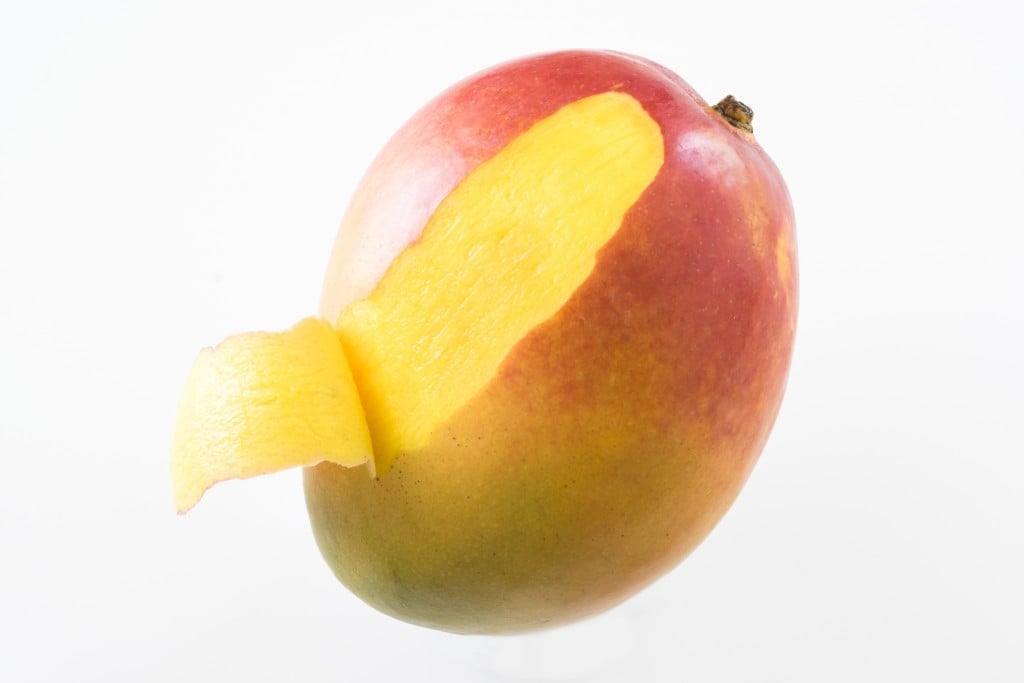
Can You Eat Mango Skin?
How to eat a mango without peeling it? - New Malaysian Kitchen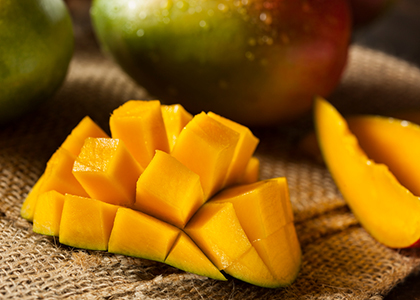
5 Nutritious Produce Peels You Can Eat - Joe Cross
What are the health benefits of eating mango skin? - Quora
Can You Eat Mango Skin?
Can You Safely Eat Mango Skin?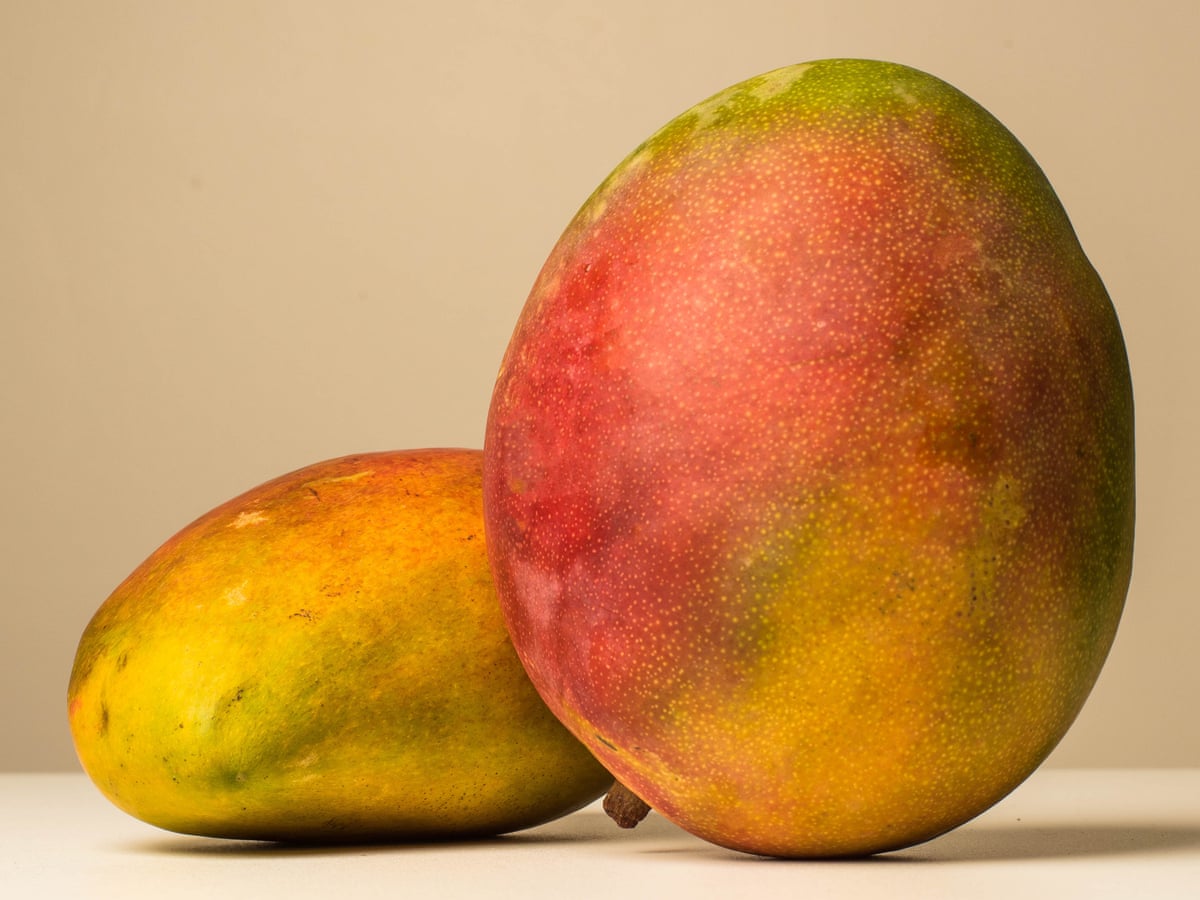
Bite it, squeeze it, suck it… The right way to eat mango | Nikesh Shukla | Life and style | The Guardian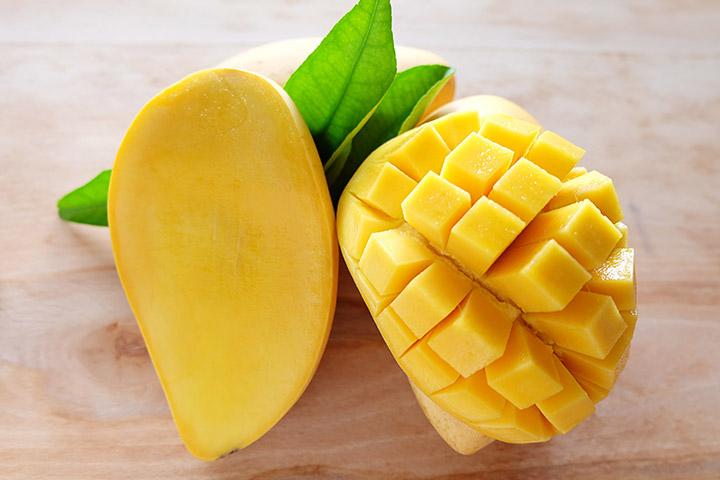
9 Proven Health Benefits Of Eating Mangoes In Pregnancy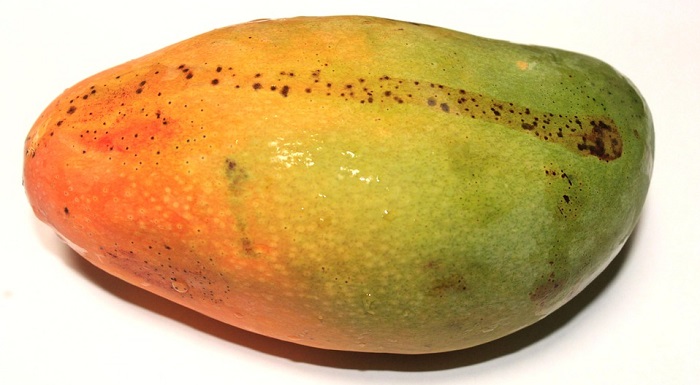
Can You Eat Mango Skin?
Can You Eat Mango Skin? | MyRecipes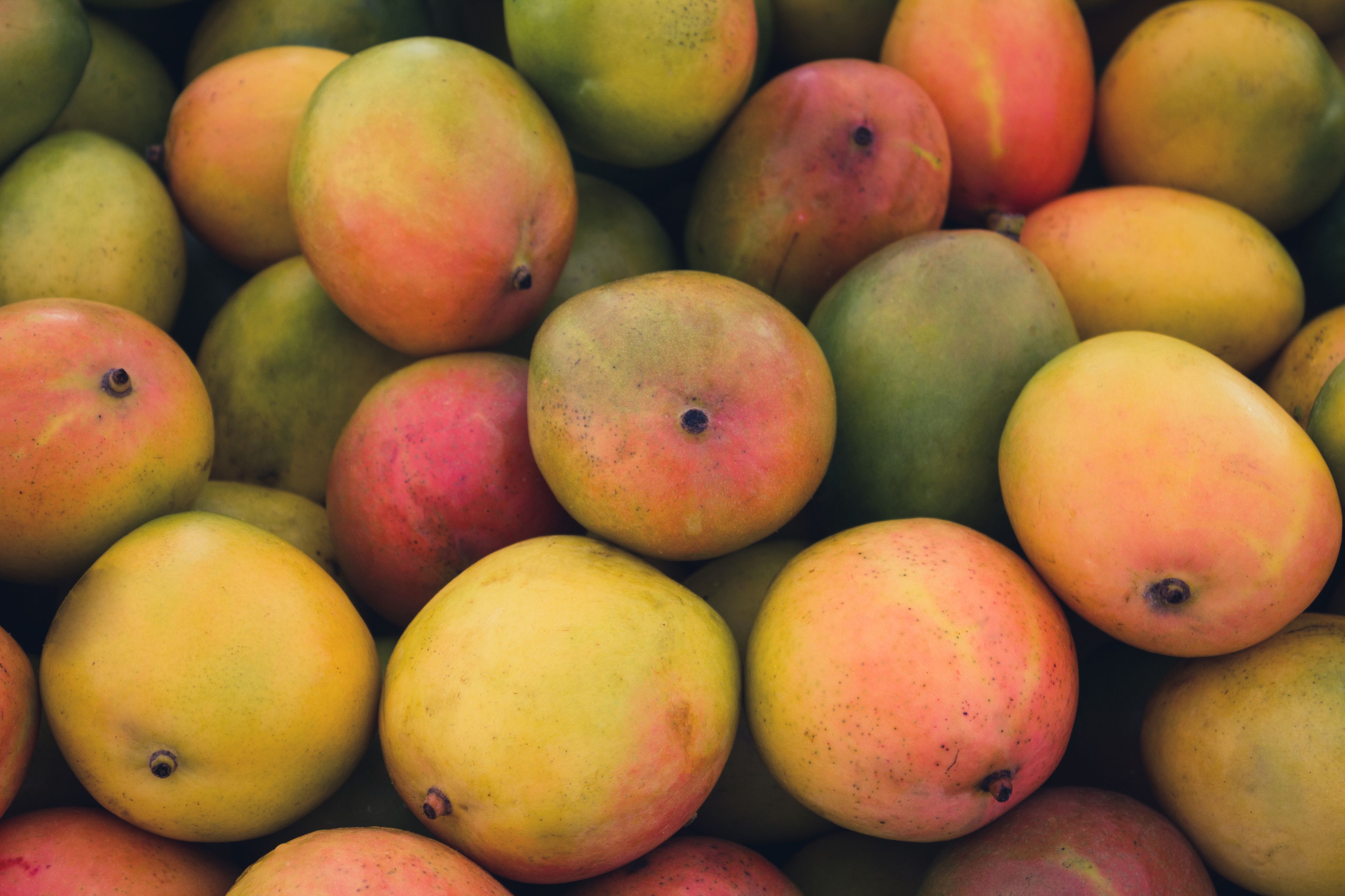
Can You Eat Mango Skin And Is It Safe?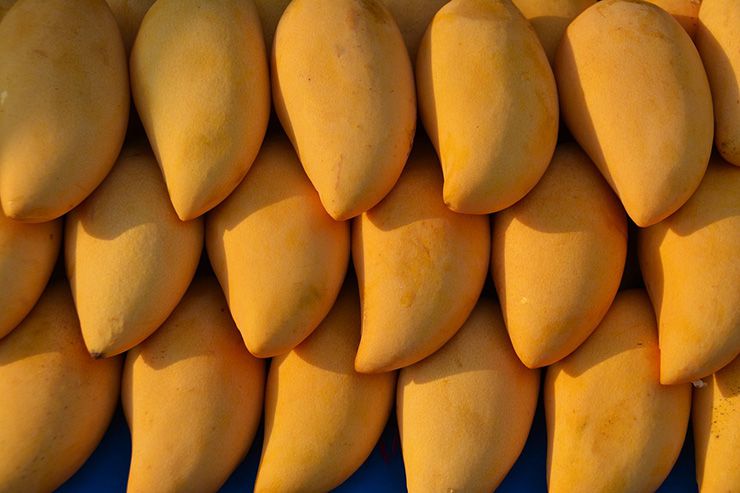
If You Eat Mangoes Every Day for 1 Month, This is What Happens to Your Body - Graphic Online
How to Peel and Eat a Mango | KarmaFree Cooking
Is it Safe to Eat #Mango Skin? The Hidden Benefits of #MangoPeel – Healthy Detox Food | Mango benefits, Healthy detox, Mango health benefits
Virgin Islands Woman Goes Viral After Showing the Proper Way to Eat a Mango - BGLH Marketplace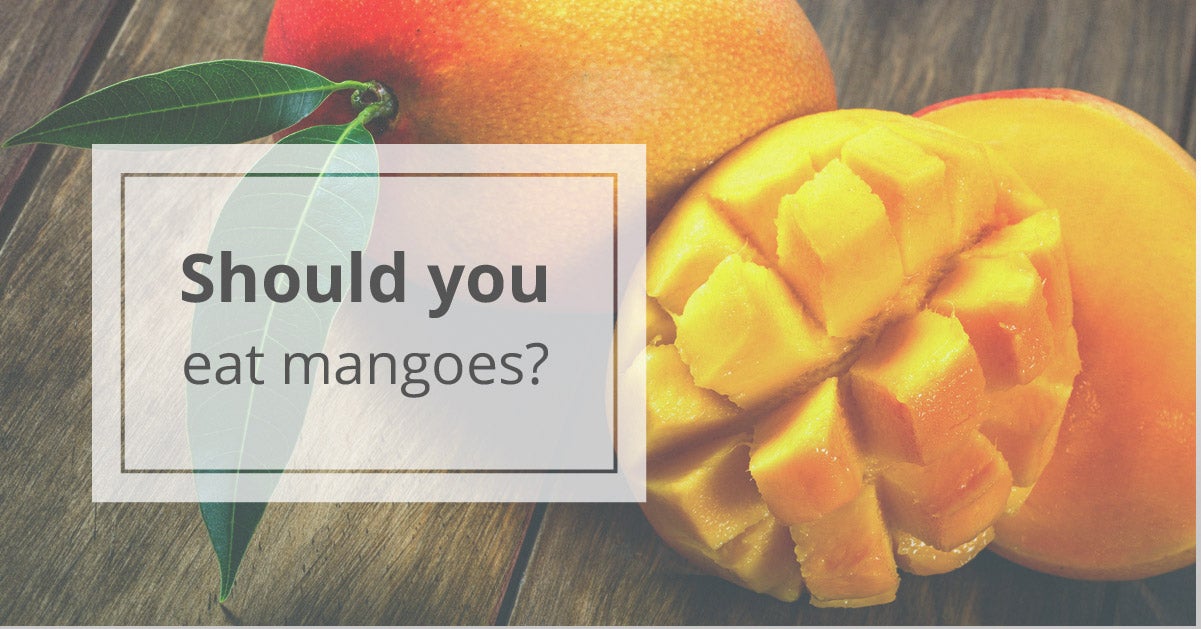
Mangoes: Are They Healthy?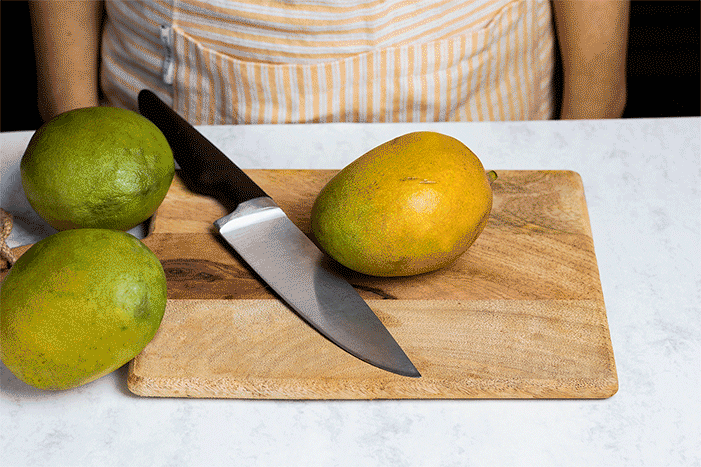
How to Cut a Mango: 5 Easy Hacks | Fresh n' Lean
Can You Eat Mango Skin?
Can You Eat The Mango Skin? (5 Ways How) - The Whole Portion:max_bytes(150000):strip_icc()/mango-allergy-82833_FINAL-0248c9be0cbb4ab985123a2b3304b6da.png)
Mango Allergy: Symptoms, Causes, Diagnosis, Treatment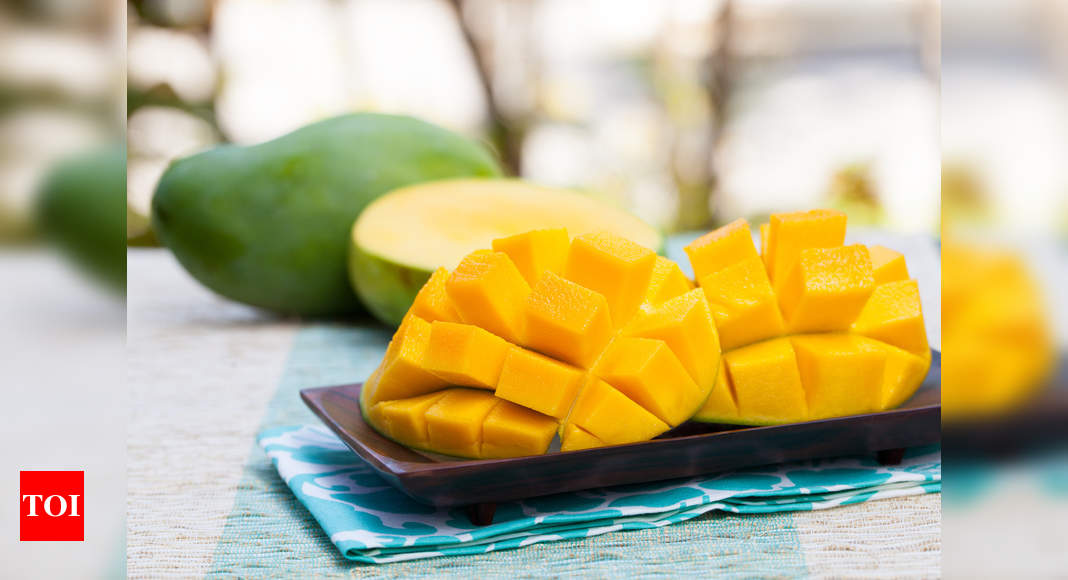
Mango for weight loss: Myth or fact - Times of India
How to Peel and Eat a Mango | KarmaFree Cooking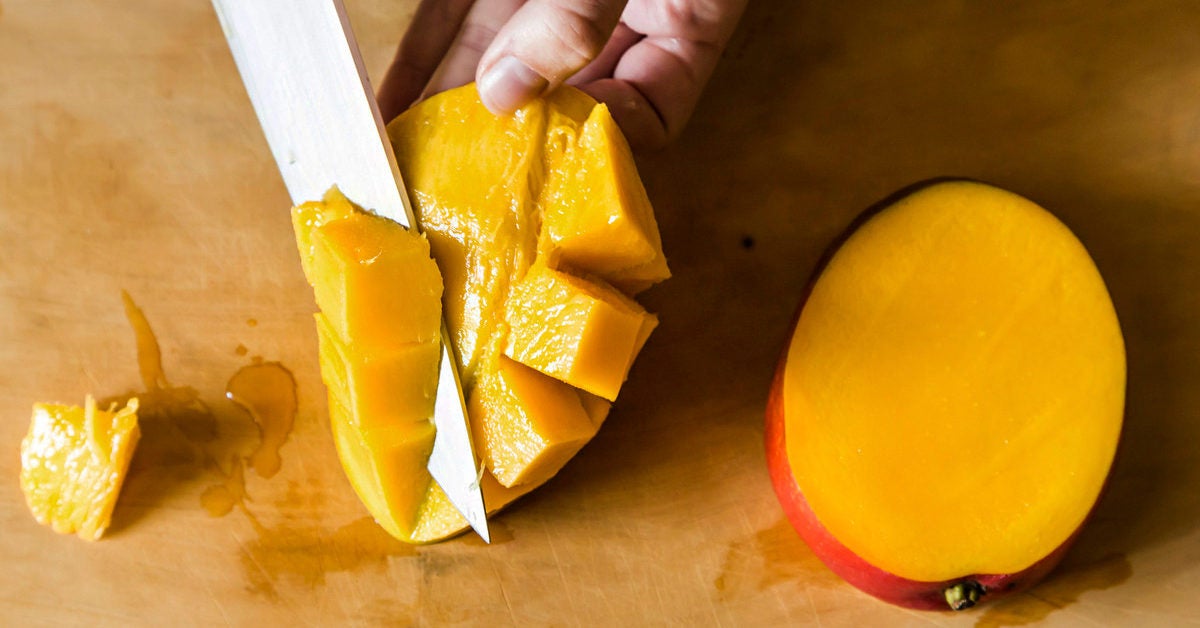
Mango for Skin: Potential Benefits, Uses, and What the Science Says
How to Cut a Mango (two easy ways!) - Bowl of Delicious
You Should Be Eating Mango Skin, And Here's Why - Mangoes Hyderabad
Is it safe to eat a ripe mango along with its skin? - Quora
Is it safe to eat mango skin?/Ripe-mango-GettyImages-535252402-58c878775f9b58af5c5b23c7.jpg)
How to Cut and Prepare Fresh Mango
Is It Safe to Eat Mango If You Have Diabetes?
Mango for Babies - First Foods for Baby - Solid Starts
Mangoes: 13 Incredible Health Benefits, Nutrition Facts, And Recipes
Mango peel Facts and Health Benefits
Can You Eat Mango Skin? | Vibrant Happy Healthy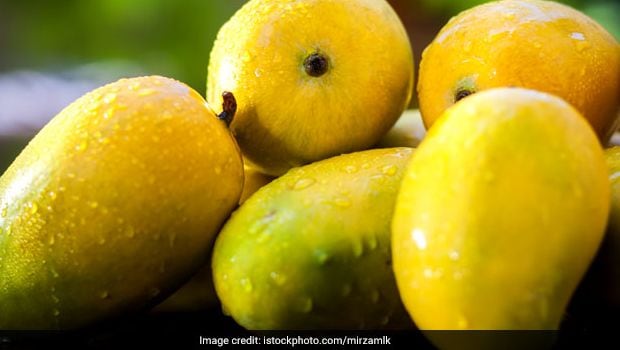
8 Incredible Benefits of Mangoes, The King of Fruits - NDTV Food
How to Cut a Mango: Video and Hassle-Free Steps | Real Simple
Is there a special way you eat a mango? Or do you just eat it like an Apple? - Quora
 Can You Eat Mango Skin?
Can You Eat Mango Skin?

/GettyImages-510600857-56e83db35f9b5854a9f9844c.jpg)
:max_bytes(150000):strip_icc()/172738410-57e1b9b63df78c9cce337941.jpg)



















:max_bytes(150000):strip_icc()/mango-allergy-82833_FINAL-0248c9be0cbb4ab985123a2b3304b6da.png)






/Ripe-mango-GettyImages-535252402-58c878775f9b58af5c5b23c7.jpg)








Posting Komentar untuk "can you eat mango skin"